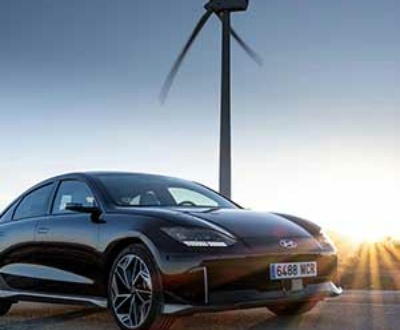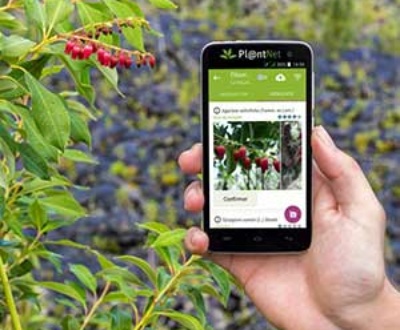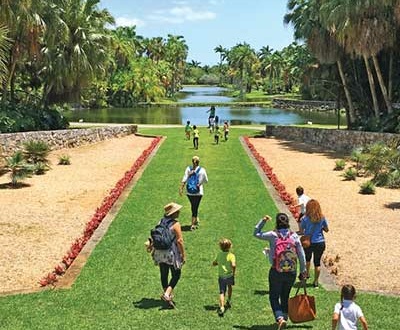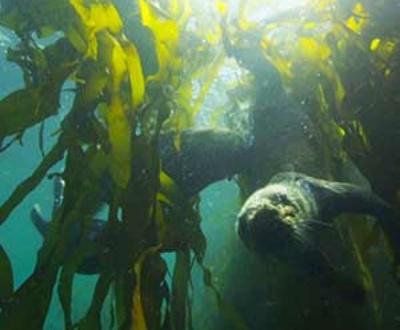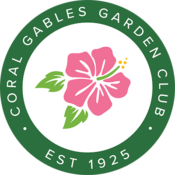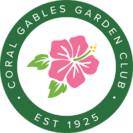I am writing this at the end of July and truly I think you will agree with me that this is the weirdest year we have ever been through!! The goal of Green Gables is to get everybody thinking about what is good for your yard and good for nature at the same time.
So, we started in June ’19 with a column about a Coral Gables Landscape Superintendent who planted a “Florida Friendly” landscape and a certified Million Pollinator Garden in his yard and gave two websites — FloridaYards.org and NWF.org/Garden-For-Wildlife — if you want to do this in your own garden. Then, there were several columns covering the principles of a Florida Friendly yard. Next, the columns covered specific topics like native landscaping for your yard, trees, birds, insects, and soil.
I am writing this column at my home office desk and watching Zebra, Swallowtail and Queen butterflies dine on some yellow and variegated lantana outside my window.
I think a fun thing to do now would be to put those elements together to design a garden! A GARDEN THAT WORKS WITH NATURE.
When you design a garden there are two elements the design and the plants, let us begin with some elements of design.
What Design Elements Do You Want To Consider In Your Garden??
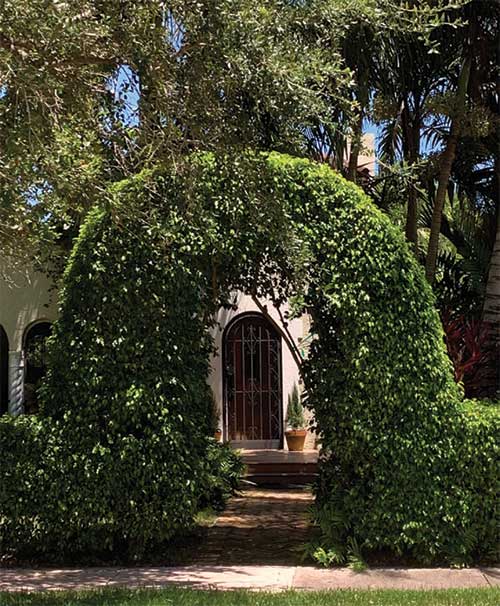
Trimmed Cherry Hedge creates archway framing in front of the house
Much of what gardening is about is the feeling of being connected to a place and becoming familiar with the natural rhythms and cycles of your slice of nature. You want to accentuate your best views and develop various “garden rooms” around your property. For example, the front yard could be one “room,” the side, and backyards another. Maybe you want a BBQ area in one place, a container garden in another and a play area for your children in another. Think about what areas you want in your garden. In the front yard maybe, you want screening plants. How about a seating area for outdoor dining? And maybe a strategically placed bench in shady spot?
One thing I highly recommend is to plant butterfly nectar plants outside your windows. I am writing this column at my home office desk and watching Zebra, Swallowtail and Queen butterflies dine on some yellow and variegated lantana outside my window. Nature is a great antidote to the crazy world around us.
Find Your Vantage Points
That was a good segue into the first rule of garden design—find your vantage points. Of course, you want to walk around outside and look at the yard from various angles, but you also want to go inside and look out. Where is your best “inside-outside” view? Where do you want the garden scene to present from? The deck? A window?
What Needs To Be Erased?
It is hard to imagine a garden in the making that does not have something to hide, whether it is an ugly shed, a propane tank, or the neighbor’s big house. It is easy to throw a net over that ugly shed and train a nice vine over it to cover it. For the neighbor’s house a screen of maybe taller trees with shorter trees or bushes in back. Or a mix of taller and shorter bushes. Naturally, none of this happens overnight. For these and all other screening jobs, which tend to be less highly maintained, consider some variables before selecting the plants.
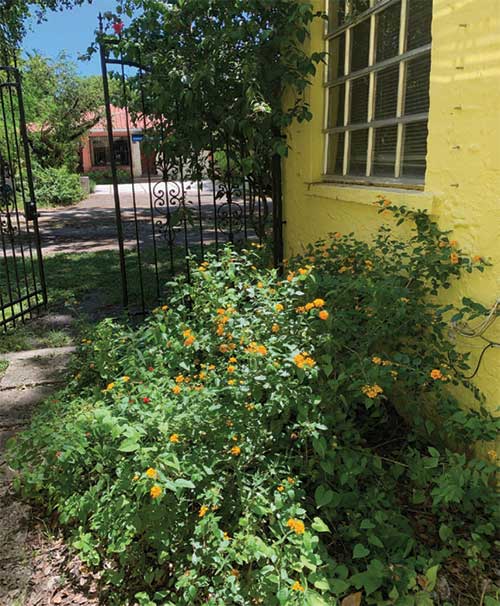
Masses of yellow flowers under window to attract butterflies
A People’s Park and a Pollinator Park???
Dennis Olle, President of the Miami Blue Chapter of the North American Butterfly Association, was walking around his neighborhood when he spotted a sign the City has put up at Bird Rd and Toledo St announcing a new park. Right now, it is a big grassy field maybe a block by a half a block? Just walking through, Mr. Olle, spotted 8 DIFFERENT SPECIES OF BUTTERFLIES—Large Orange Sulfurs, Dainty Yellow, Barred Yellow, Cassis Blue, Fiery Skipper, Gulf Fritillary, Zebra Heliconian, and a Baracoa Skipper.
Mr. Olle then contacted the city with his idea of a pollinator park and the city contacted me. I am looking forward to working on this. That site was pineland rockland covered in Dade County Slash Pines. Right now, there is a gumbo limbo, a native strangler fig and another tree on the west side of the field which he says are all good pollinator trees. Maybe we add some Slash Pines? And there are many good native pineland understory shrubs, wildflowers and grasses that could be added. A site that size could have lots of different corners.
I do not know yet what plan the city has for it, but it is certainly big enough for a pollinator area, a tot lot and various paths and benches. Doesn’t that sound lovely—I will keep you posted!! KUDOS to the City of Coral Gables for doing all these new parks.
Oh and, you will be able to access a wonderful video: “Creating Pollinator Pathways in the Built Environment,” by Dr. Jaret Daniels of the University of Florida on the new CoralGablesGardenClub website. Now, since he is in north Florida the plants in the video are wrong for here, but it is full of wonderful ideas for what we can do.
And—!!!!
The Marion County Florida Extension Service is putting a virtual seminar on zoom September 8-October 20 about Florida Friendly Yards, the very thing we discussed in the first 3 Green Gables issues! Things like right plant/right place, mulch, attracting wildlife. For more information and to register: click here. Questions? Call 352-671-8412 or mandab@ufl.edu
About the Author
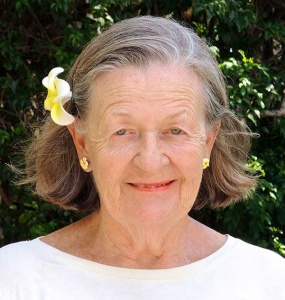
Linda Lawrence Waldron currently writes the Green Gables column in Gables Living Magazine. Linda was Chairman of the Garden Club's Coral Gables Library Butterfly Garden Committee.
Sign up here for email notifications about new Green Gables articles!
More from our blogs
See all postsRecent Posts
- April 2023 April 1, 2024
- Good News on Environmental Plastics February 1, 2024
- Material World / Plant World January 1, 2024
Leave a Comment cancel
This site uses Akismet to reduce spam. Learn how your comment data is processed.




